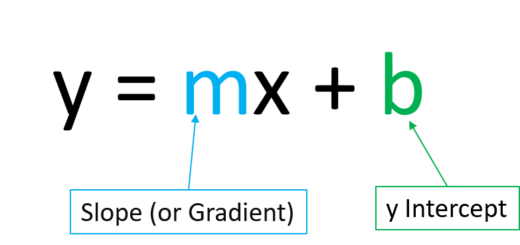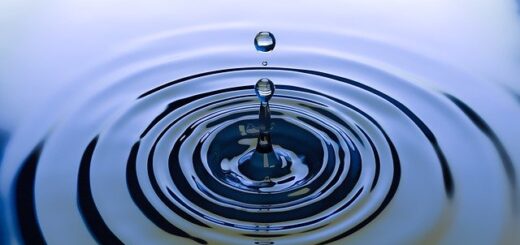SEPARATION OF SUBSTANCES
Summary of separation of substances
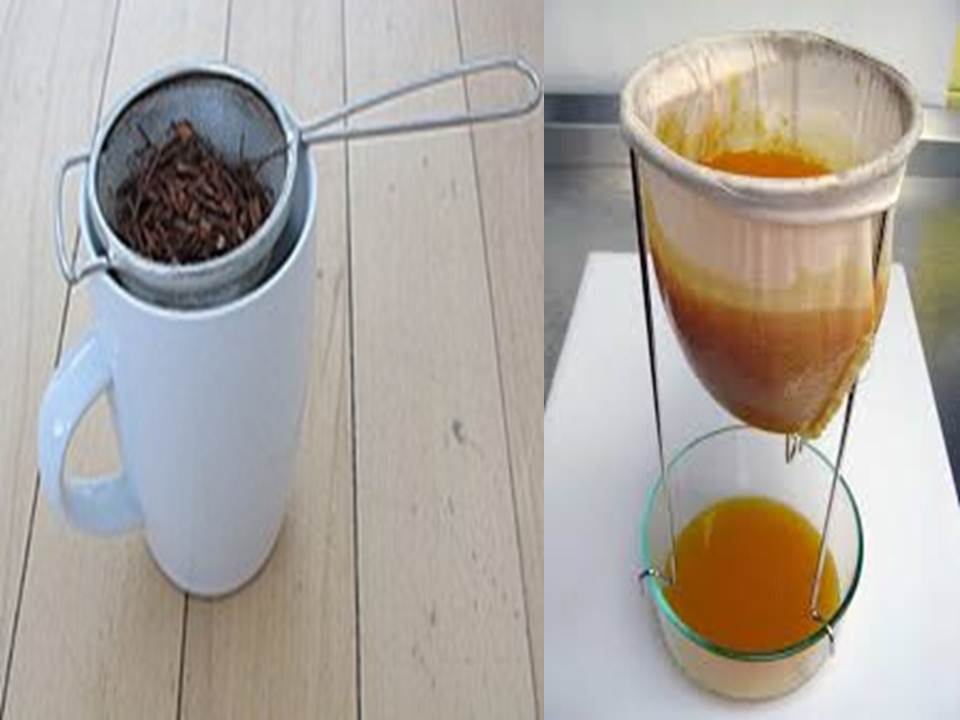
Summary
In our daily life, there are many instances when we notice a substance being separated from a mixture of materials.
Example
Tea leaves are separated from the liquid with a strainer, while preparing tea. Milk or curd is churned to separate the butter.
Why do we separate substances?
Before we use a substance, we need to separate harmful or non-useful substances that may be mixed with it. Sometimes, we separate even useful components if we need to use them separately.
The substances to be separated may be particles of different sizes or materials. These may be in any three states of matter solid, liquid, Gaseous.
METHODS OF SEPARATION
Some of these methods being used in day to day activities.
HANDPICKING
Handpicking is one of the methods of separation. Separating stones or other impurities from rice by handpicking and washing it before cooking. you use different methods of separation in your daily life. Handpicking is the most common one.The quantity of such impurities is usually not very large. In such situations, we find that handpicking is a convenient method of separating substances.
THRESHING
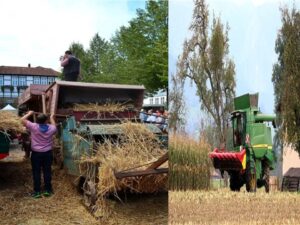
The process that is used to separate grain from stalks etc is Threshing .
In this process, the stalks are beaten to free the grain seeds. Sometimes, threshing is done with the help of bullocks. Machines are also used to thresh large quantities of grain.
WINNOWING

The method of separating components of a mixture is called winnowing. Winnowing is used to separate heavier and lighter components of a mixture by wind or by blowing air. The husk particles are carried away by the wind. The seeds of grain get separated and form a heap near the platform for winnowing. The separated husk is used for many purposes such as fodder for Cattles.
SIEVING

Sieving is a separation technique based on the difference in particle size.Sieving allows the fine flour particles to pass through the holes of the sieve while the bigger impurities remain on the sieve.
Ex: In a flour mill, impurities like husk and stones are removed from wheat before grinding it.
SEDIMENTATION
The heavier component in a mixture settles after water is added to it, the process is called sedimentation.
DECANTATION
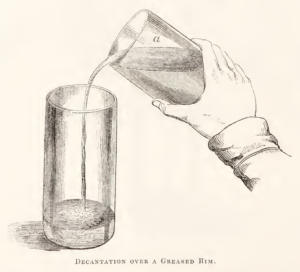
When the water (along with the dust) is removed, the process is called decantation.
FILTRATION

After preparing tea, what do you do to remove the tea leaves? Usually, we use strainer to remove tea leaves. Try decantation. It helps a little. you still get a few leaves in your tea pour the tea through all the tea leaves remain in the strainer. This process is called filtration filtration.
Example: Fruit and vegetable juices are usually filtered before drinking to separate the seeds and solid particles of pulp. This can be done by filtration.
EVAPORATION
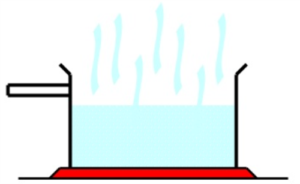
The process of conversion of water into its vapour is called evaporation.
Example: Seawater contains many salts mixed in it. One of these salts is the common salt. When seawater is allowed to stand in shallow pits, water gets heated by sunlight and slowly turns into water vapor, through evaporation. After a few days, the water evaporates completely leaving behind the solid salts. Common salt is then obtained from this mixture of salts by further purification.
Use of more than one method of separation: one method is not sufficient to separate the different substances present in a mixture. In such a situation, we need to use more than one of these methods.
CONDENSATION
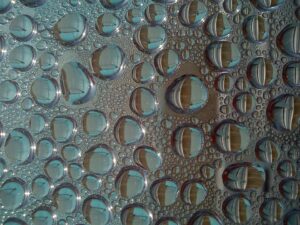
The process of conversion of water vapour into its liquid form is called condensation.
Can water dissolve any amount of a substance?
No, water cannot dissolve any substance in any amount. Some substances are insoluble in water. Different substances dissolve to different extent in water.


